step inside homewares shop and quilting studio, heirloom quality supplies
Take a stroll through the Adelaide Arcade and you’ll likely come across Heirloom Quality Supplies – a household goods store that doubles as a studio for its owner, Sherrin Koch. When she’s not busy serving customers, Sherrin is crafting impressive geometric quilts that can take up to 70 hours to make. We recently popped into Heirloom to check out Sherrin’s offerings and pick her brain about all kinds of business-y stuff. Tell us about how your business began. I opened Heirloom in October 2020. Yes, for those of you playing along at home, that was smack-bang in the middle of ‘the pandemic times’ (aka not really bricks-and-mortar retail’s finest hour). The opening of Heirloom was planned long before COVID and I’d already committed to leaving my previous job, so it was kind of a case of blindly soldiering on. Despite some pretty trying periods, we’re still here almost two years on, so I’m taking that as a real vote of confidence from my wonderful customers.
Tell us about how your business began. I opened Heirloom in October 2020. Yes, for those of you playing along at home, that was smack-bang in the middle of ‘the pandemic times’ (aka not really bricks-and-mortar retail’s finest hour). The opening of Heirloom was planned long before COVID and I’d already committed to leaving my previous job, so it was kind of a case of blindly soldiering on. Despite some pretty trying periods, we’re still here almost two years on, so I’m taking that as a real vote of confidence from my wonderful customers. What’s it like having a shop that doubles as a workspace? It’s a real necessity. My business has two distinct sides: the day-to-day running of a store, and my practice as a quilt-maker. Without the income from the retail side of my shop, at this stage, I couldn’t afford to make a living primarily as a quilt-maker. On the flip side, having textile work to keep me occupied during slow periods in the store means that my time is never wasted being idle, waiting for customers. Without the retail space, I’m certain that my textile work would be fairly non-existent by now – visibility and merchandising of the work really is key!
What’s it like having a shop that doubles as a workspace? It’s a real necessity. My business has two distinct sides: the day-to-day running of a store, and my practice as a quilt-maker. Without the income from the retail side of my shop, at this stage, I couldn’t afford to make a living primarily as a quilt-maker. On the flip side, having textile work to keep me occupied during slow periods in the store means that my time is never wasted being idle, waiting for customers. Without the retail space, I’m certain that my textile work would be fairly non-existent by now – visibility and merchandising of the work really is key!
Heirloom isn’t very big, so sometimes I have to be strategic about how I work so I don’t disturb customers too much. Having one long bench that doubles as a counter means that I have to attempt to keep my workbench tidy. It’s also good for customer engagement – people are always interested in what I’m sewing and are usually surprised to see the quilts are made locally. Describe the quilt-making process. The process is almost always the same but the time it takes can vary wildly from piece to piece. The design comes first and I spend a large amount of my life in front of a piece of gridded paper. Once I know what I want to do (or a customer has approved a commission), I start the process of construction. That’s what I love most about quilt-making – it has a really distinct process that hasn’t changed much for hundreds of years.
Describe the quilt-making process. The process is almost always the same but the time it takes can vary wildly from piece to piece. The design comes first and I spend a large amount of my life in front of a piece of gridded paper. Once I know what I want to do (or a customer has approved a commission), I start the process of construction. That’s what I love most about quilt-making – it has a really distinct process that hasn’t changed much for hundreds of years. I begin by cutting my linen by hand, then I sew the pieces together. I’m drawn to patterns that are highly repetitive, so this part often means sewing hundreds (if not thousands) of squares or triangles together. It’s not the most physically complex work, but it can take a lot of mental work to keep on keepin’ on in a timely fashion! Once the quilt top is complete, I move on to basting the quilt (making a sandwich of the top, woollen inner, and back). Basting complete, I mark my quilting lines and attach the quilt to my quilting frame so I can quilt it by hand with Japanese Sashiko thread. The final step is to attach the binding and label by hand. Depending on the size and complexity of the design, that entire process can take 20 to 70 hours to complete.
I begin by cutting my linen by hand, then I sew the pieces together. I’m drawn to patterns that are highly repetitive, so this part often means sewing hundreds (if not thousands) of squares or triangles together. It’s not the most physically complex work, but it can take a lot of mental work to keep on keepin’ on in a timely fashion! Once the quilt top is complete, I move on to basting the quilt (making a sandwich of the top, woollen inner, and back). Basting complete, I mark my quilting lines and attach the quilt to my quilting frame so I can quilt it by hand with Japanese Sashiko thread. The final step is to attach the binding and label by hand. Depending on the size and complexity of the design, that entire process can take 20 to 70 hours to complete. What wisdom have you acquired since launching Heirloom? Anyone who runs a small business knows how steep that initial learning curve can be! If you’re doing it on your own, you’re required to be a generalist and a jack of all trades. If you can manage to be a master of some, then hopefully you’ll be on to a winner. It’s also about having your priorities in check. If you’re planning on starting a niche small business, and you don’t have an unlimited amount of start-up cash, it’s likely going to be a slow, one-step-forward, one-step-back climb that may never result in you making millions. But if you’re contented by the fact that you get to earn a humble living spending most of your time producing work that you think is worthwhile, then you’re on to a winner.
What wisdom have you acquired since launching Heirloom? Anyone who runs a small business knows how steep that initial learning curve can be! If you’re doing it on your own, you’re required to be a generalist and a jack of all trades. If you can manage to be a master of some, then hopefully you’ll be on to a winner. It’s also about having your priorities in check. If you’re planning on starting a niche small business, and you don’t have an unlimited amount of start-up cash, it’s likely going to be a slow, one-step-forward, one-step-back climb that may never result in you making millions. But if you’re contented by the fact that you get to earn a humble living spending most of your time producing work that you think is worthwhile, then you’re on to a winner. Oh, and never forget: in retail, cash flow is king! Your accountant will tell you that and you’ll probably go, “Yeah, sure” and they’ll be like, “No, really.” And you’ll be like, “I get it, Greg!” And they’ll think to themselves, “Do you really though?” And then you’ll go out and do your thang and maybe get dangerously close to running out of money, and then you will finally understand the concept of cash flow. Well done you!
Oh, and never forget: in retail, cash flow is king! Your accountant will tell you that and you’ll probably go, “Yeah, sure” and they’ll be like, “No, really.” And you’ll be like, “I get it, Greg!” And they’ll think to themselves, “Do you really though?” And then you’ll go out and do your thang and maybe get dangerously close to running out of money, and then you will finally understand the concept of cash flow. Well done you! How do you get your creative juices flowing? When starting something new, I spend a lot of time researching classic quilt blocks, modern art, architecture and fashion. The kernel of a really great idea can come from a lot of places! For me, ideas are often solidified through the use of maths. I’m kind of obsessed with repetition and how shapes and intervals of difference interact with each other – that’s why I’m best friends with the gridded paper! I think most people who practise art or design for a living know that it’s never really about waiting for inspiration to strike. You can’t wait for it; you have to look for something and sometimes that can mean lots of terrible designs before the good one decides to show its face.
How do you get your creative juices flowing? When starting something new, I spend a lot of time researching classic quilt blocks, modern art, architecture and fashion. The kernel of a really great idea can come from a lot of places! For me, ideas are often solidified through the use of maths. I’m kind of obsessed with repetition and how shapes and intervals of difference interact with each other – that’s why I’m best friends with the gridded paper! I think most people who practise art or design for a living know that it’s never really about waiting for inspiration to strike. You can’t wait for it; you have to look for something and sometimes that can mean lots of terrible designs before the good one decides to show its face. How do you choose products to stock? Finding products can be super-enjoyable because I have fairly stringent guidelines for selecting items. In order of importance, I’m usually looking at production quality, functionality, aesthetics and ergonomics of design, the product’s end of life (can it be recycled or is it easily biodegradable?), and how and where it was manufactured or produced. Finding lovely products is never really the challenge – it’s more about maintaining enough cashflow to afford all the great things.
How do you choose products to stock? Finding products can be super-enjoyable because I have fairly stringent guidelines for selecting items. In order of importance, I’m usually looking at production quality, functionality, aesthetics and ergonomics of design, the product’s end of life (can it be recycled or is it easily biodegradable?), and how and where it was manufactured or produced. Finding lovely products is never really the challenge – it’s more about maintaining enough cashflow to afford all the great things. If you could outsource one aspect of your business, what would it be? I’m a real Luddite at heart. If I could get rid of having to manage technology and digital communication (Instagram, emails, website), that would be a dream come true. I’m under 30, but I really don’t feel engaged in that ‘Instagram culture’ and would prefer to ignore it entirely! I know that’s not sensible, and I’m doing my level best, but I know there’s a lot of room for improvement.
If you could outsource one aspect of your business, what would it be? I’m a real Luddite at heart. If I could get rid of having to manage technology and digital communication (Instagram, emails, website), that would be a dream come true. I’m under 30, but I really don’t feel engaged in that ‘Instagram culture’ and would prefer to ignore it entirely! I know that’s not sensible, and I’m doing my level best, but I know there’s a lot of room for improvement. What are your main goals for Heirloom? My biggest goal for the rest of this year is to get my textile work under the noses of more designers and stylists. It can be a real process of trial and error to find the right market for your work. I find it particularly difficult to walk that line between ‘artist’ and ‘craftsperson’ when the detailed and time-consuming nature of my work dictates a higher price point for something that people have historically seen as ‘cottage craft’. I don’t think quilt-making has the artistic prestige or inherent value attached to it that something like painting, sculpture or jewellery usually has.
What are your main goals for Heirloom? My biggest goal for the rest of this year is to get my textile work under the noses of more designers and stylists. It can be a real process of trial and error to find the right market for your work. I find it particularly difficult to walk that line between ‘artist’ and ‘craftsperson’ when the detailed and time-consuming nature of my work dictates a higher price point for something that people have historically seen as ‘cottage craft’. I don’t think quilt-making has the artistic prestige or inherent value attached to it that something like painting, sculpture or jewellery usually has. Funnily enough, sometimes I think the utilitarianism of a quilt can detract from the perceived value of the piece. So, I’m really working on finding people who understand and appreciate the nature of the work. I’ve just finished a small collection of six quilts for Aussie bedding legends, IN BED, and I’m really looking forward to those being unveiled! Besides that, I’m excited about welcoming more customers to the shop. We have lots of fantastic local customers, but we’re only just starting to see tourists return now, so I’m hoping they’ve travelled here with extra space in their suitcases!
Funnily enough, sometimes I think the utilitarianism of a quilt can detract from the perceived value of the piece. So, I’m really working on finding people who understand and appreciate the nature of the work. I’ve just finished a small collection of six quilts for Aussie bedding legends, IN BED, and I’m really looking forward to those being unveiled! Besides that, I’m excited about welcoming more customers to the shop. We have lots of fantastic local customers, but we’re only just starting to see tourists return now, so I’m hoping they’ve travelled here with extra space in their suitcases! For more small-business stories like this, visit frankie.com.au/strictly-business, or sign up to our monthly e-newsletter. Have a small-business story you’d like to share? Pitch it to us.
For more small-business stories like this, visit frankie.com.au/strictly-business, or sign up to our monthly e-newsletter. Have a small-business story you’d like to share? Pitch it to us.
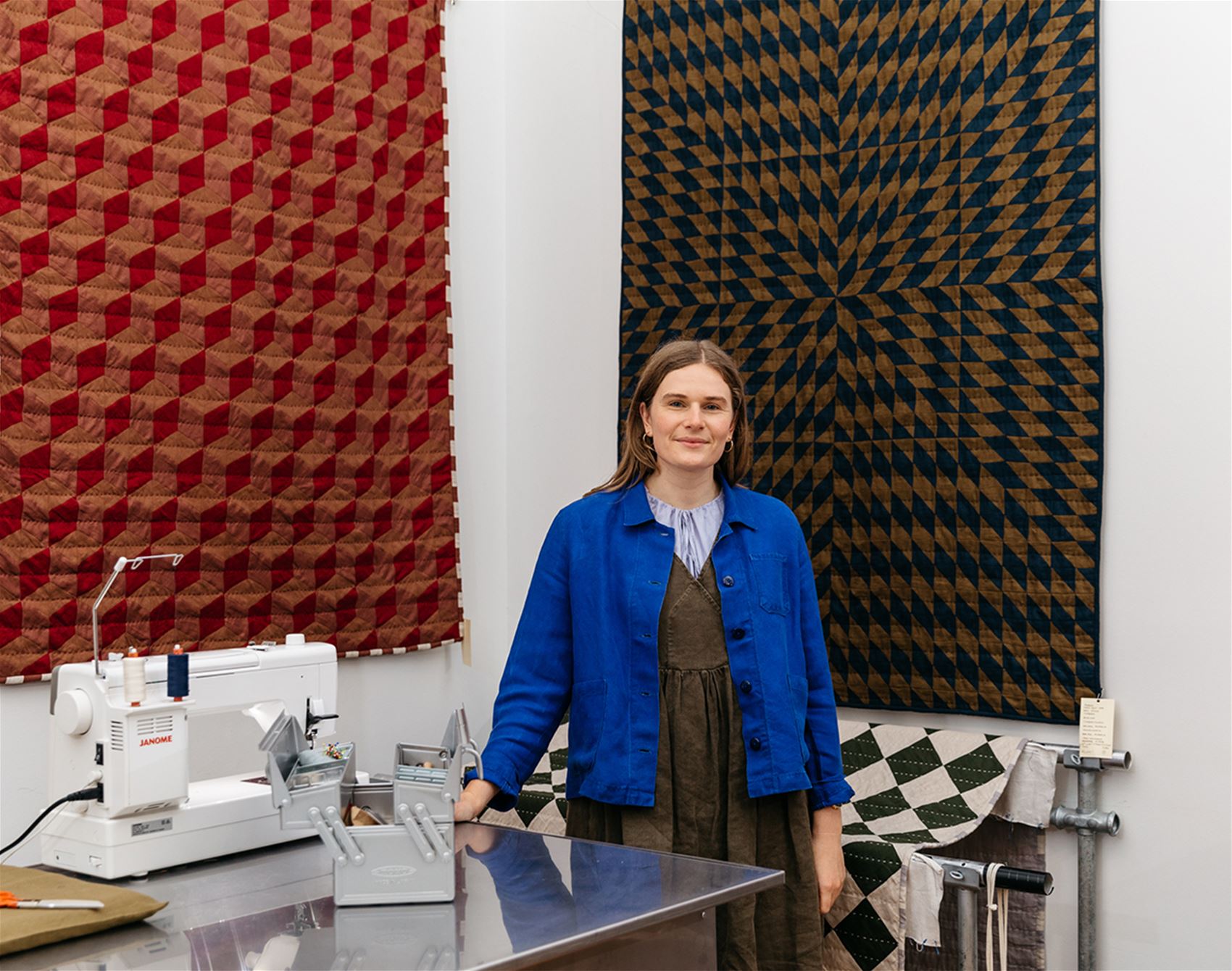

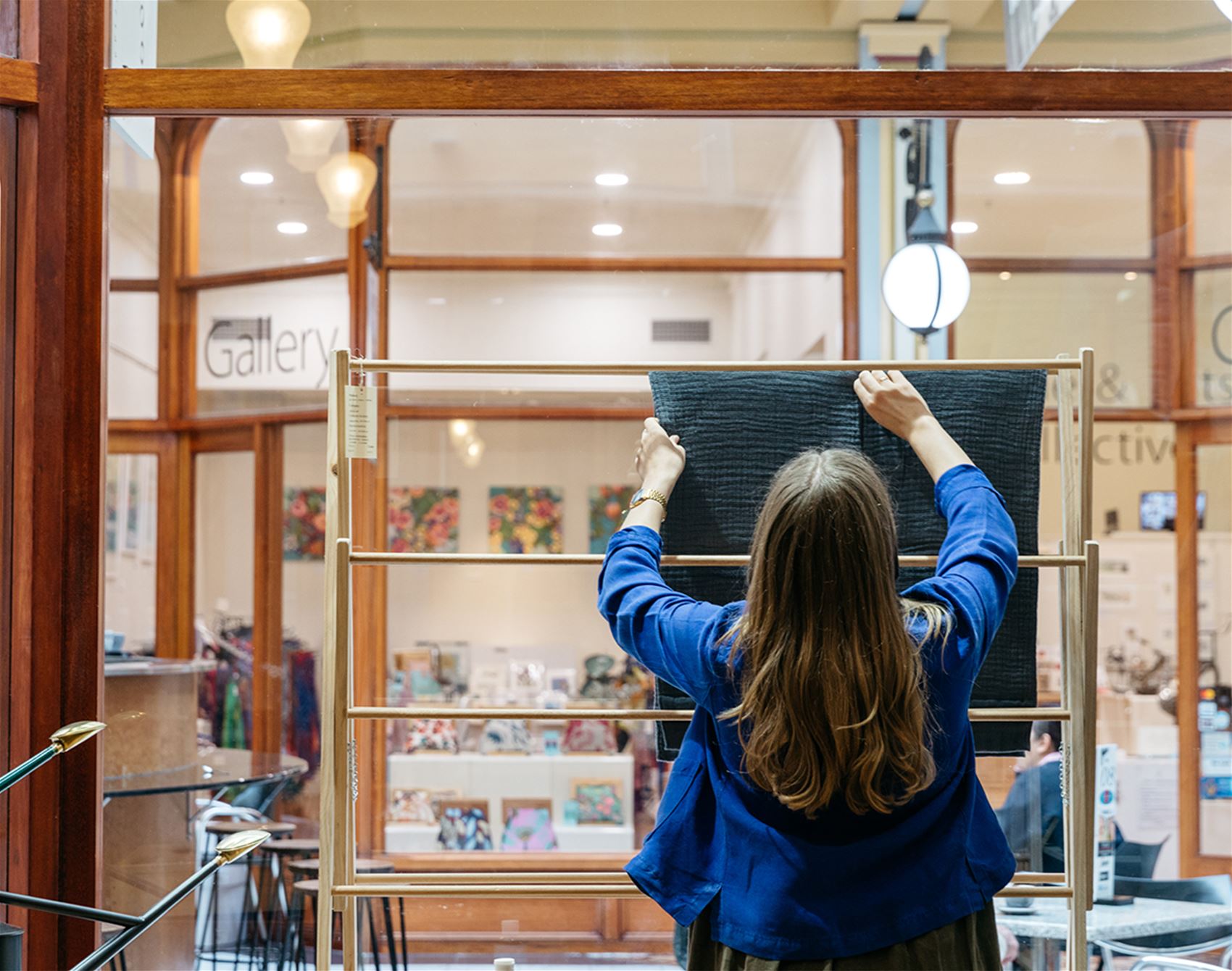
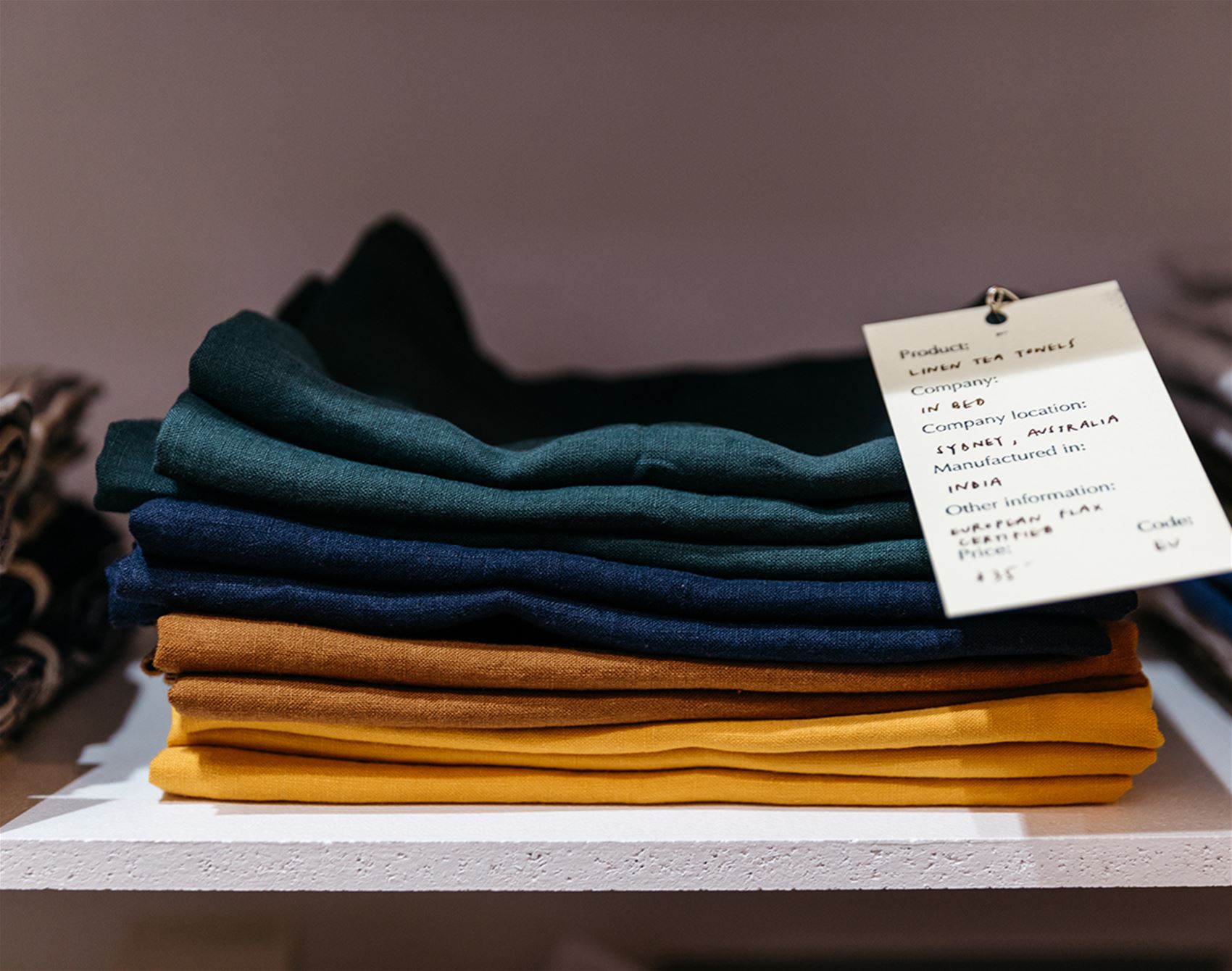

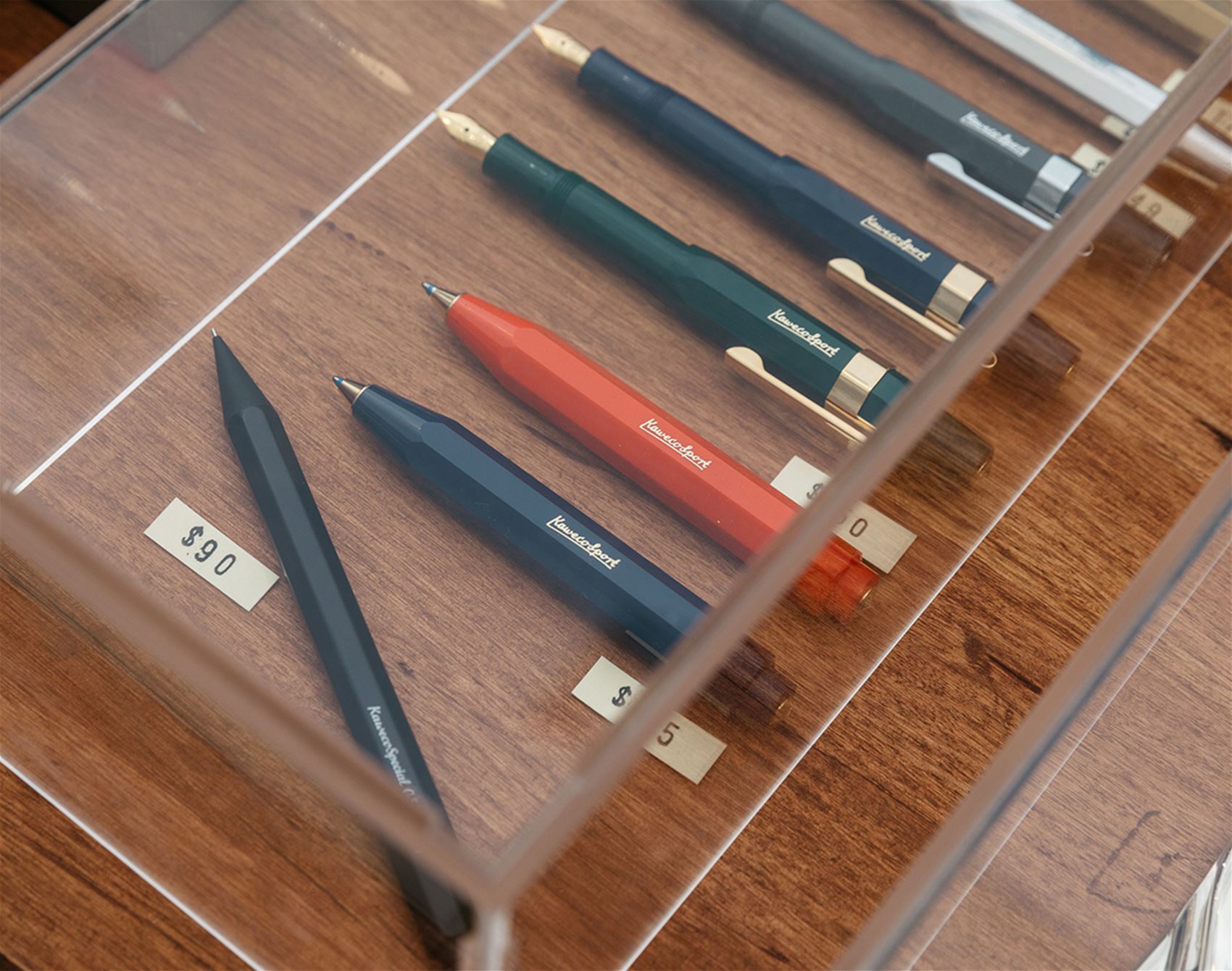


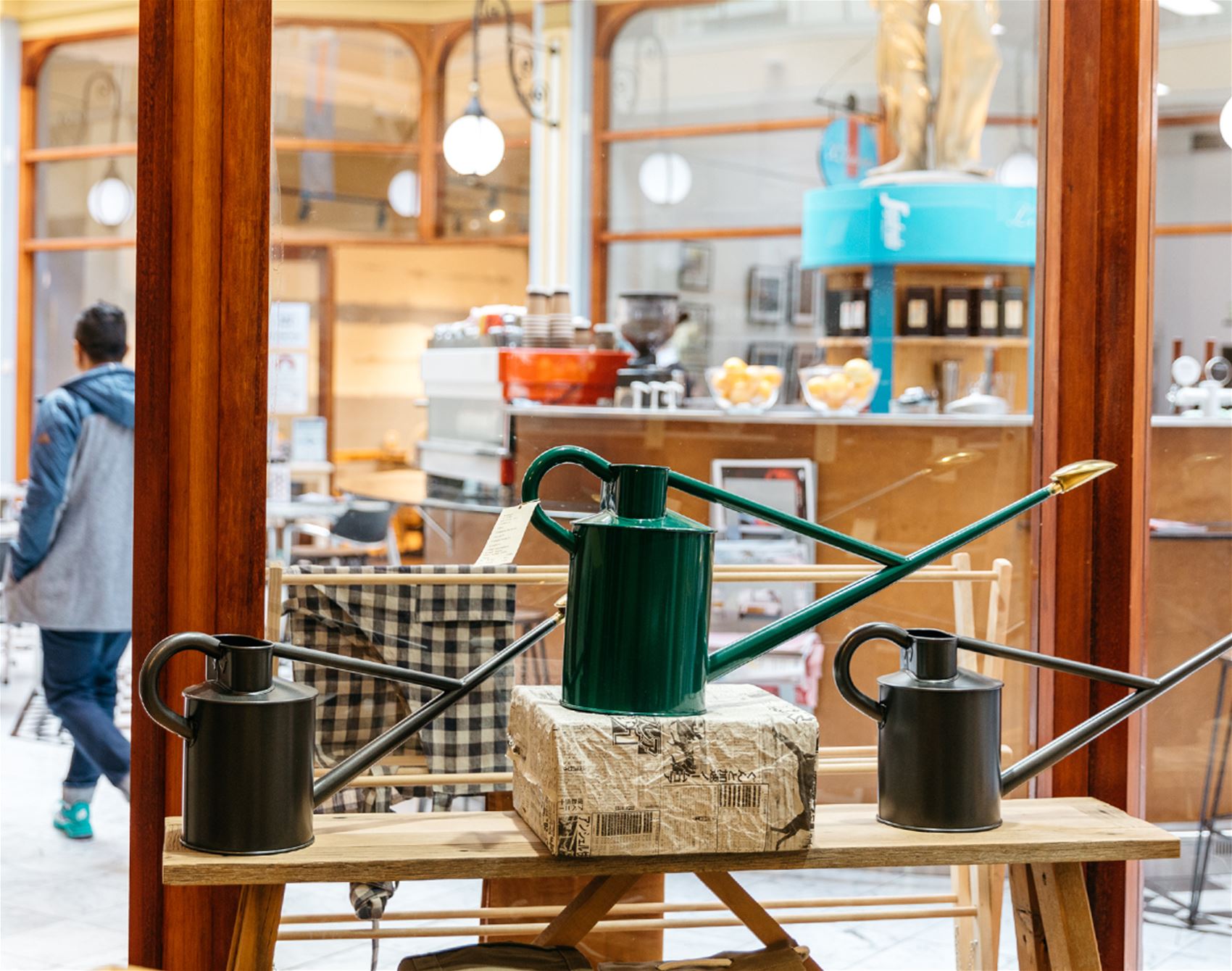
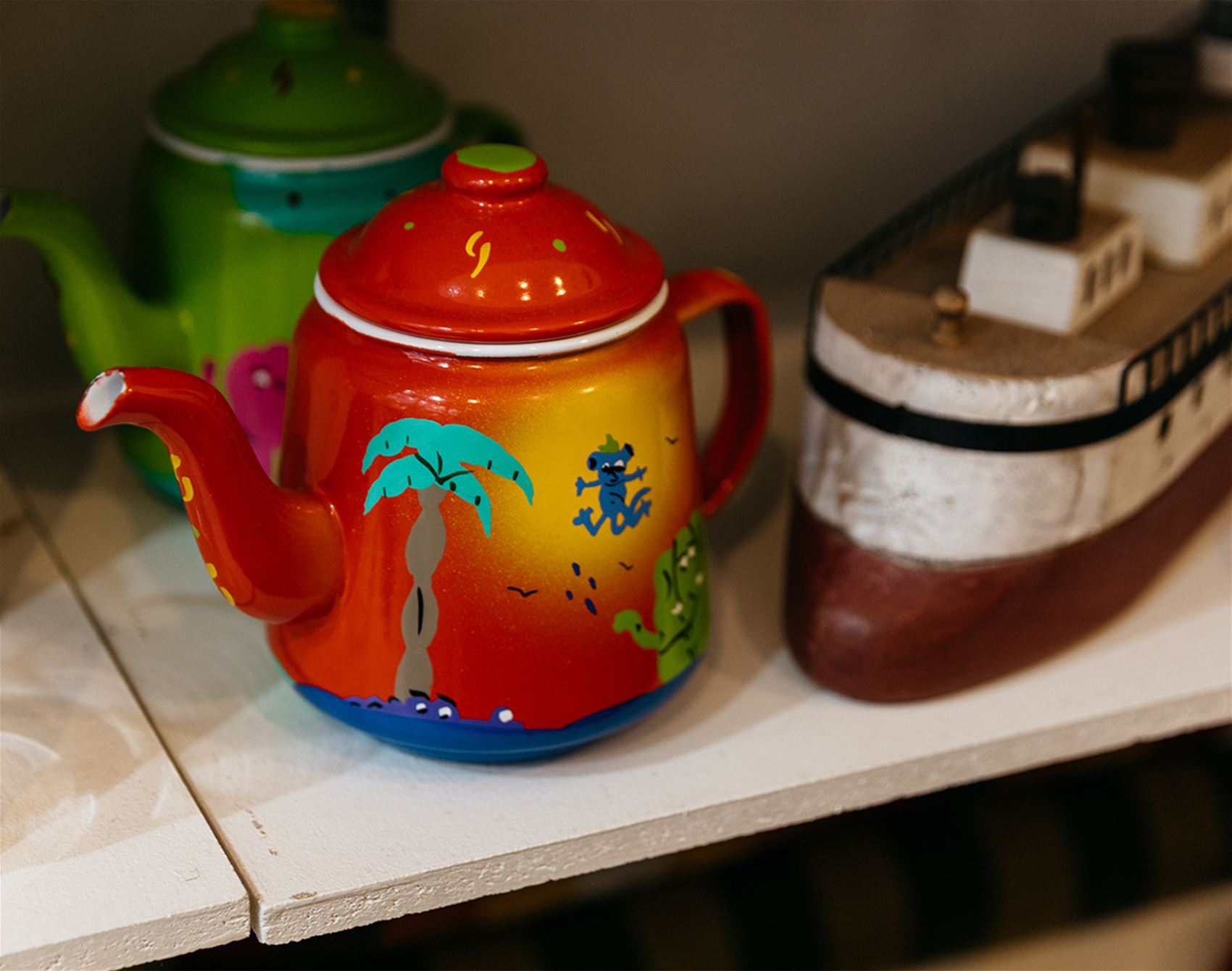

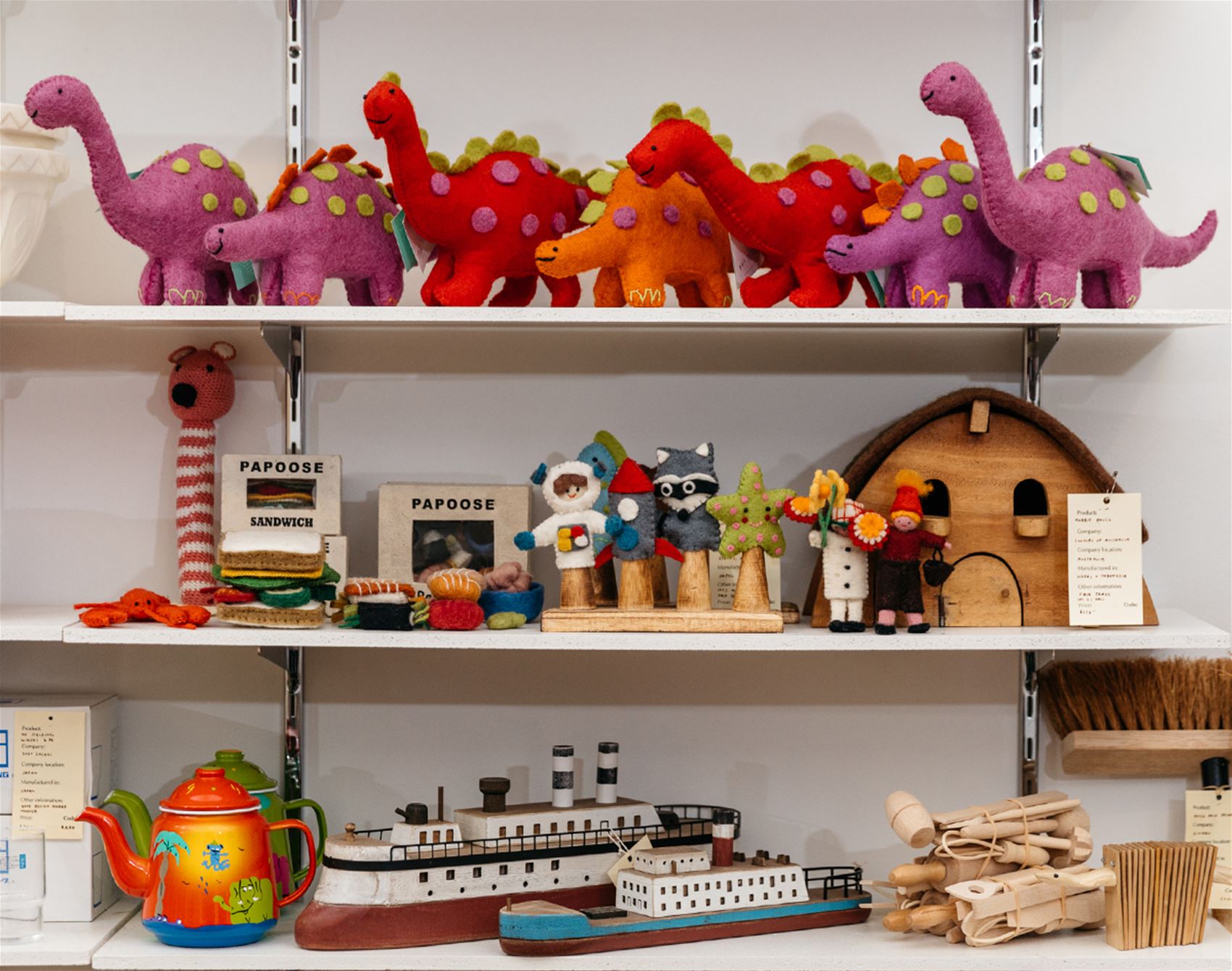
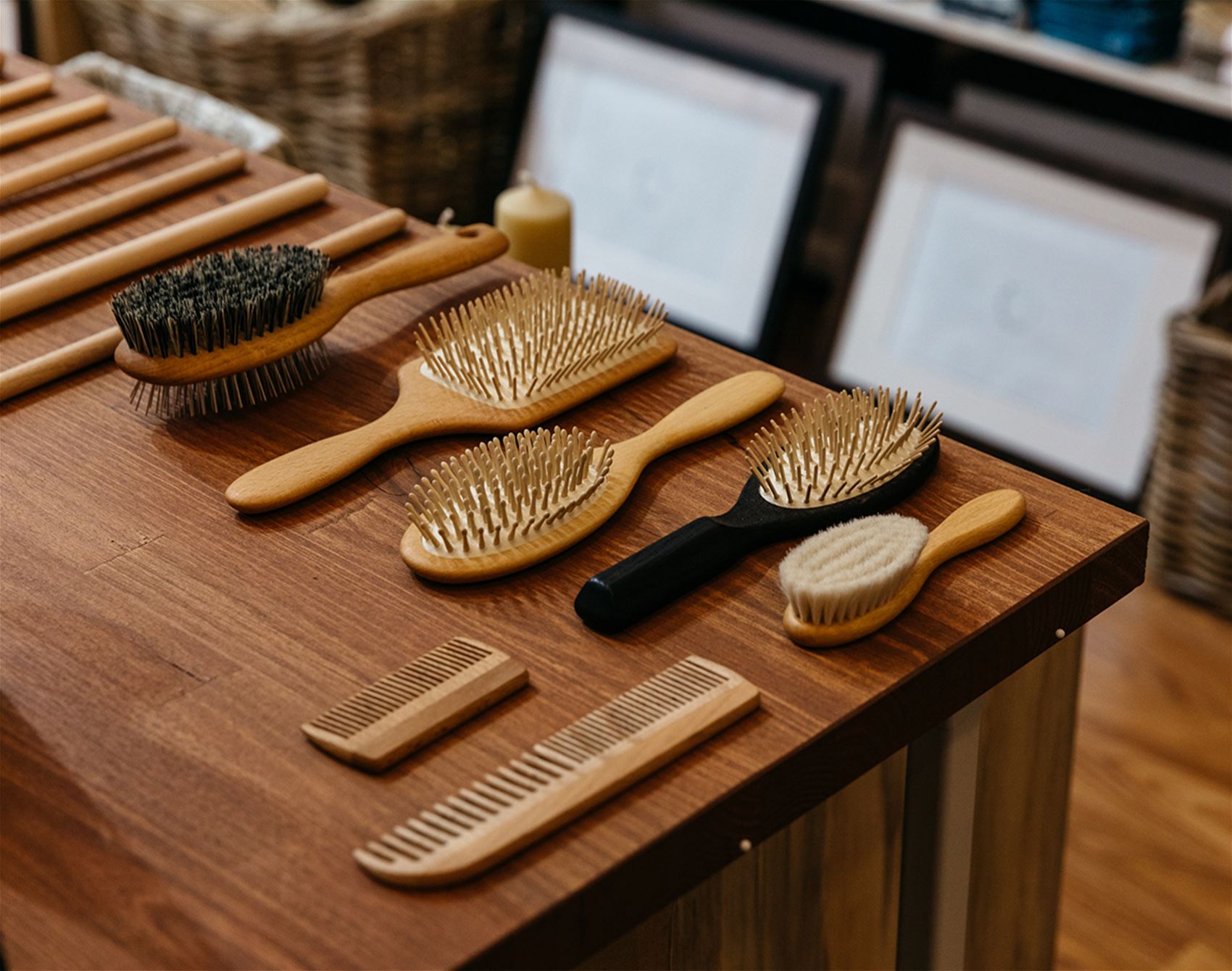
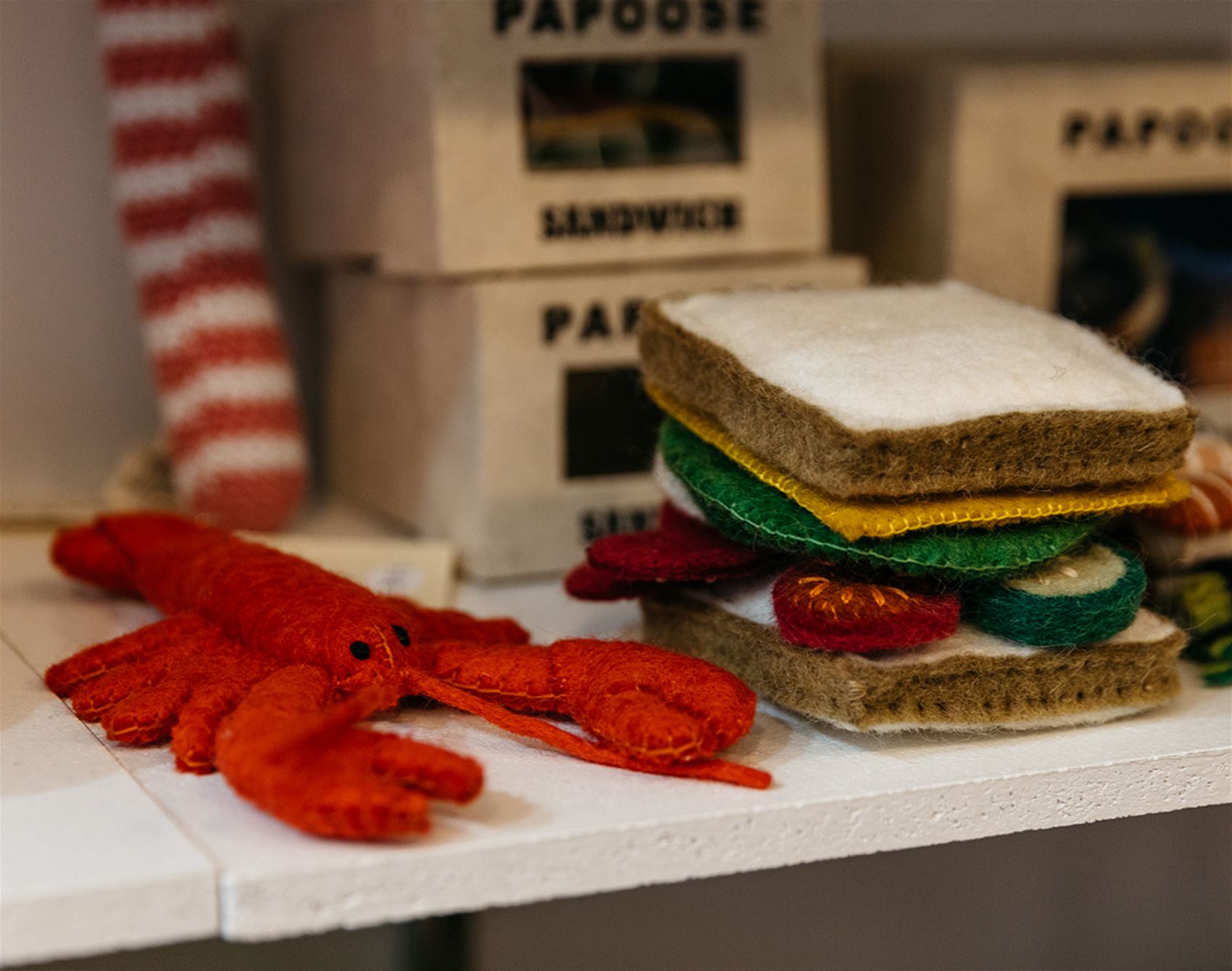
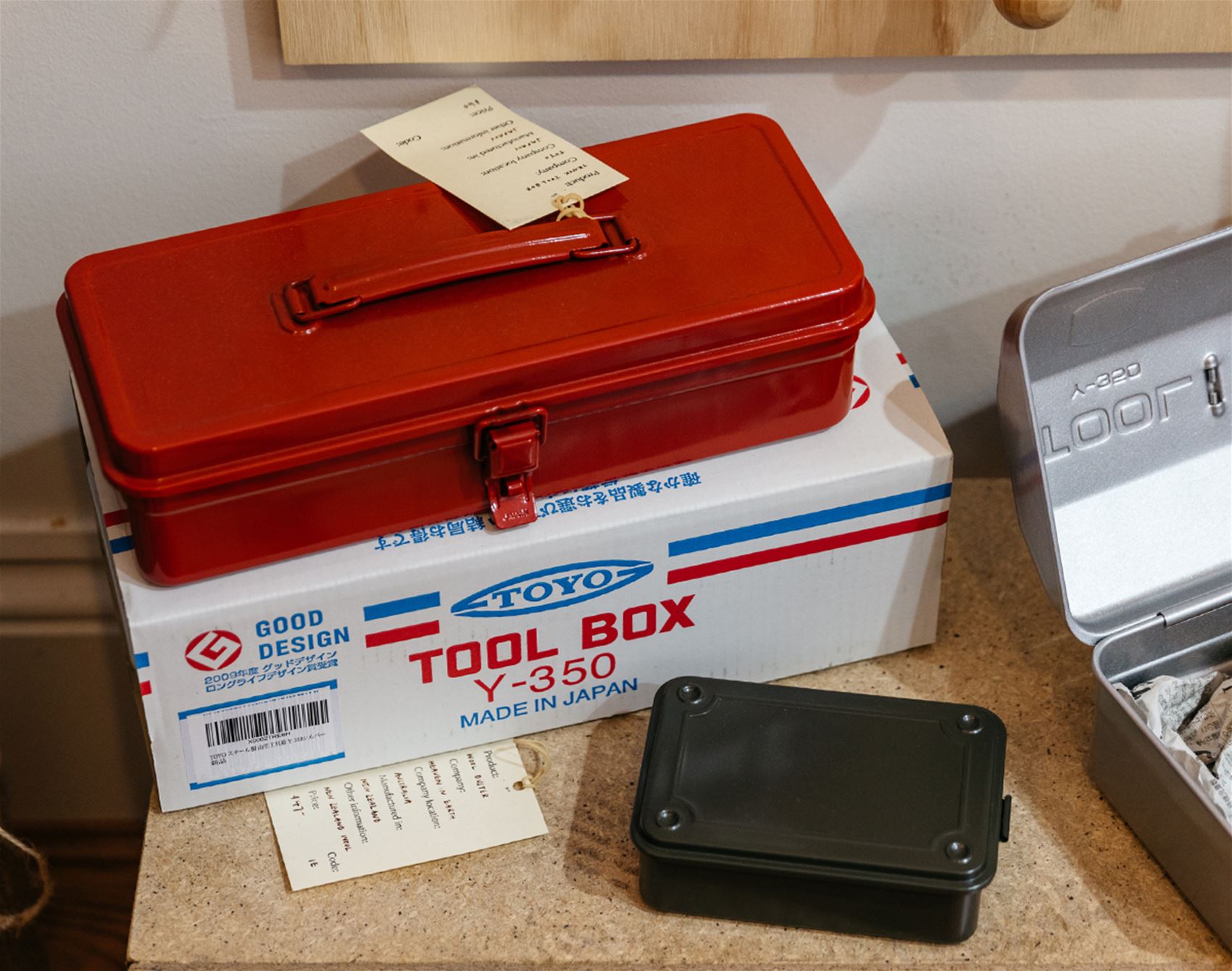
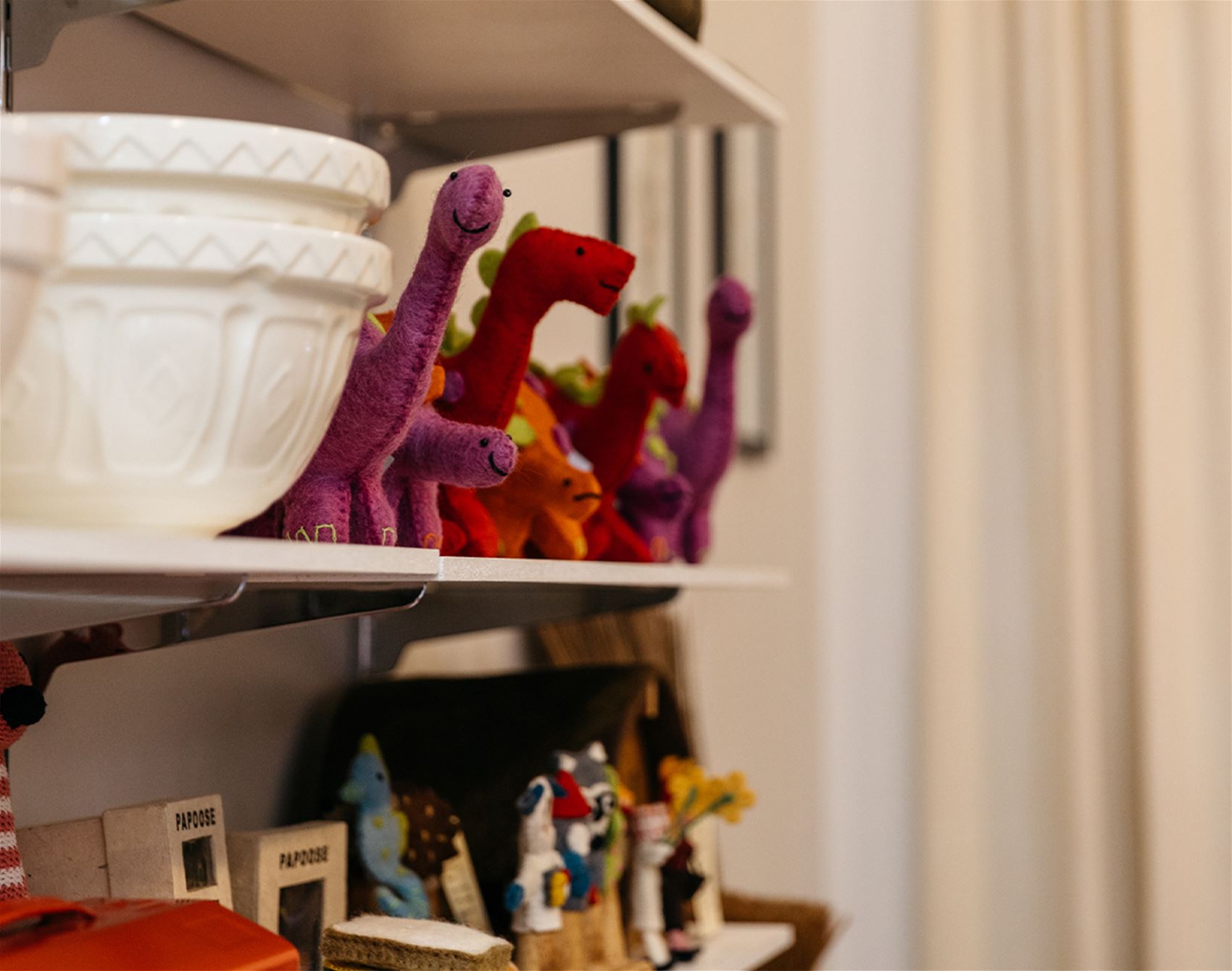
.jpg&q=80&h=682&w=863&c=1&s=1)
.jpg&q=80&h=682&w=863&c=1&s=1)


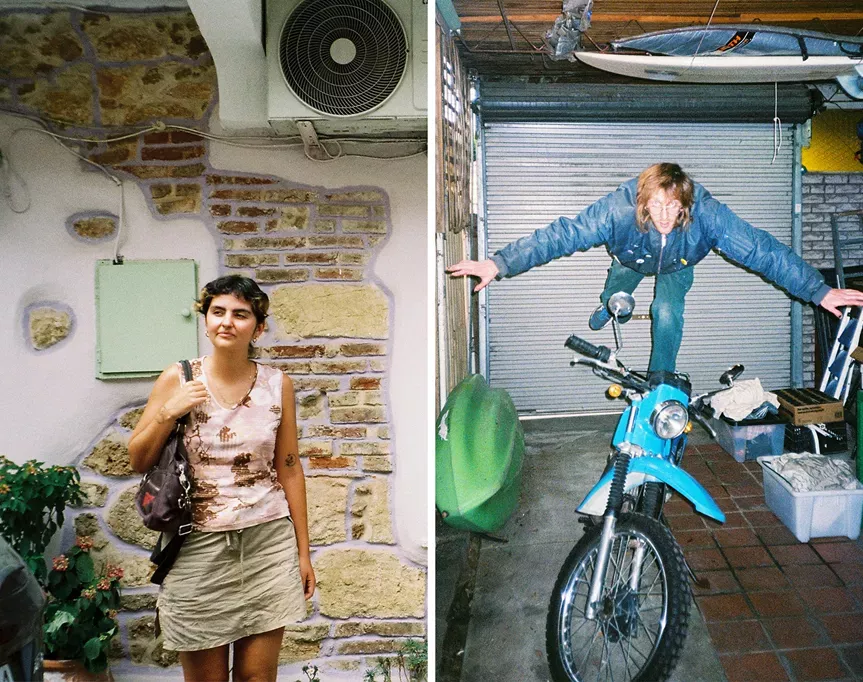
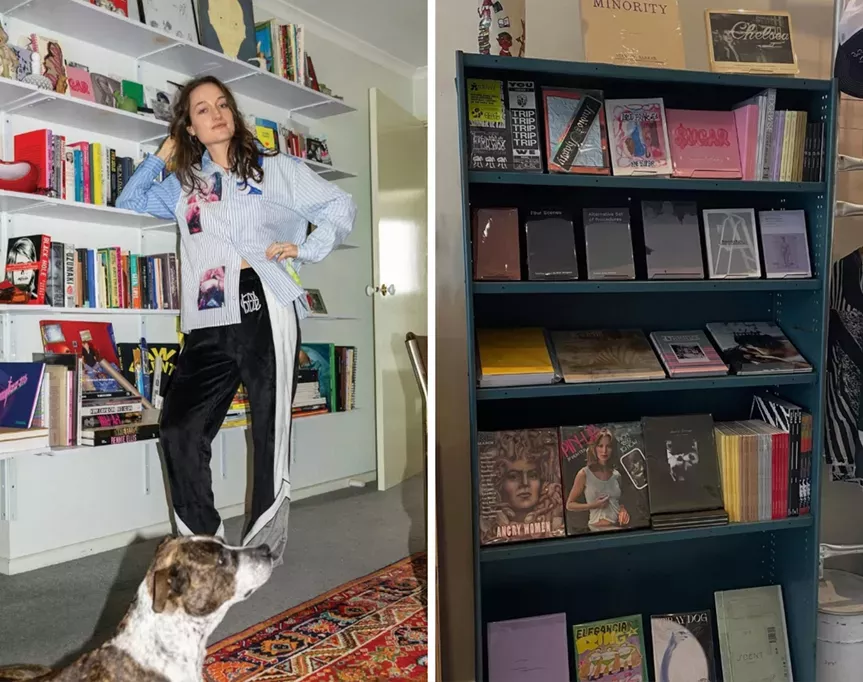







.jpg&q=80&w=316&c=1&s=1)













.jpg&q=80&w=316&c=1&s=1)










